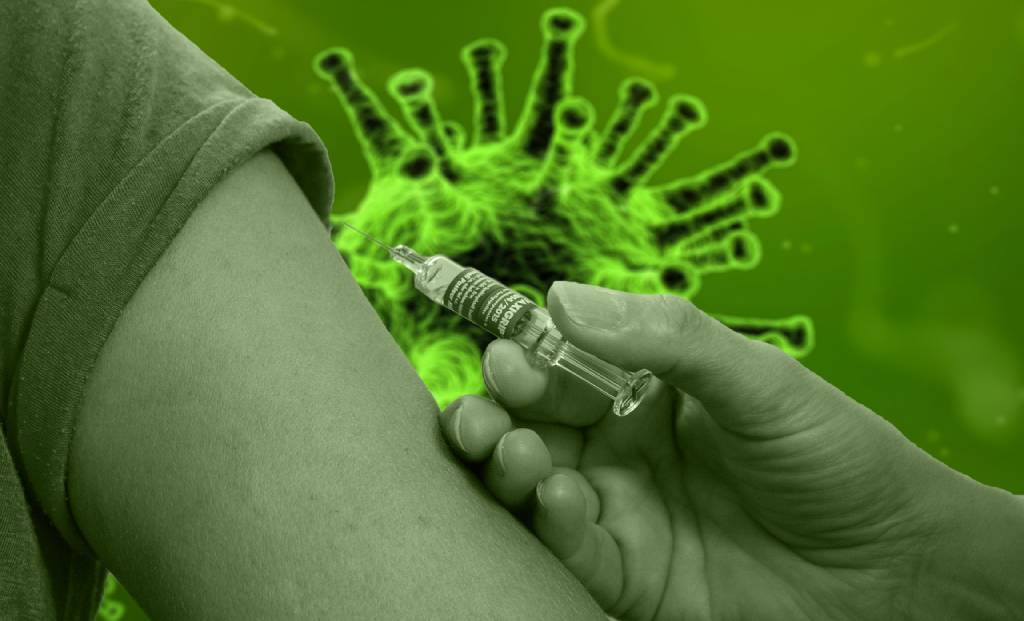Dr Gajendra Singh, Public Health Expert
Since the start of the pandemic, vaccine development all over the globe has been a historic achievement for humanity. Within the span of one-year, pharmaceutical companies and their scientists were able to put forward a fair fight against virus through formulation & testing of the right type of vaccines. . There were many technical and non-technical issues starting from vaccine trial to production of these vaccines. Many underdeveloped countries, which lacked proper vaccine manufacturing facilities had to wait for months to get their population jabbed.
In India, vaccine availability and accessibility continue to be a point of discussion . . With a population of 1.38 billion people, getting vaccines to each citizen in the remote areas was difficult. On top of that, people were quite hesitant about a new vaccine in the market which might have long-lasting side effects. Owing to Government’s initiatives, rumours around vaccine side effects were cleared by providing verified information. Recently, the total number of Covid-19 vaccine doses administered in the country crossed 180. 70 crores, proving that the vaccination drive has been successful till now.
India is now starting a vaccination drive for kids between 12-14 years. This will increase the number of vaccinated people thus building a larger herd immunity. Apart from Corbevax (only being used for kids between 12-14 age), let’s take a look at the other vaccines which are available in the market as “precautionary doses”:
-
COVISHIELD
Covishield utilises modified spike proteins from a chimpanzee adenovirus – ChAdOx1virus to elicit immune response against this protein of the virus. Developed in collaboration with researchers from the University of Oxford, AstraZeneca vaccine’s third dose could help improve antibody response in countries where Omicron is causing record cases. Positive results from a preliminary analysis of an ongoing safety and immunogenicity trial showed that Covishield when given as a booster dose triggers high antibody response.
-
COVAXIN
Covaxin is developed with Whole-Virion Inactivated Vero Cell-derived technology, which means that it contains inactivated viruses that cannot infect and multiply a person, thus giving them immunity. The Covaxin booster dose trials showed promising results. High neutralizing capacities of the Covaxin boosted sera samples against the SARS-CoV-2 D614G strain, as well as the Delta and Omicron variants, were evaluated using the live virus focus reduction neutralization test (FRNT).
-
SPUTNIK V & SPUTNIK LIGHT
Sputnik V, the world’s first registered COVID-19 vaccine, is an adenovirus viral vector vaccine. The recently approved Sputnik Light is based on recombinant human adenovirus (medium-sized, nonenveloped) serotype number 26 (the first component of Sputnik V). Based on the data collected by the Spallanzani Institute and results of previous studies, heterologous (“mix and match”) boosting with Sputnik Light tends to increase other vaccines’ efficacy and extend the booster protection period as optimal adenoviral platform configuration provides better protection against Omicron and other variants.
Asserting that India’s COVID vaccination drive is science-driven and people-powered, Prime Minister Narendra Modi recently said the country is in a much better position to fight this deadly pandemic, but people must keep following all precautions. That being said, we should all continue to wear masks, practice social distancing, and get our booster shots on time. We must do everything to curb the spread of the virus.

